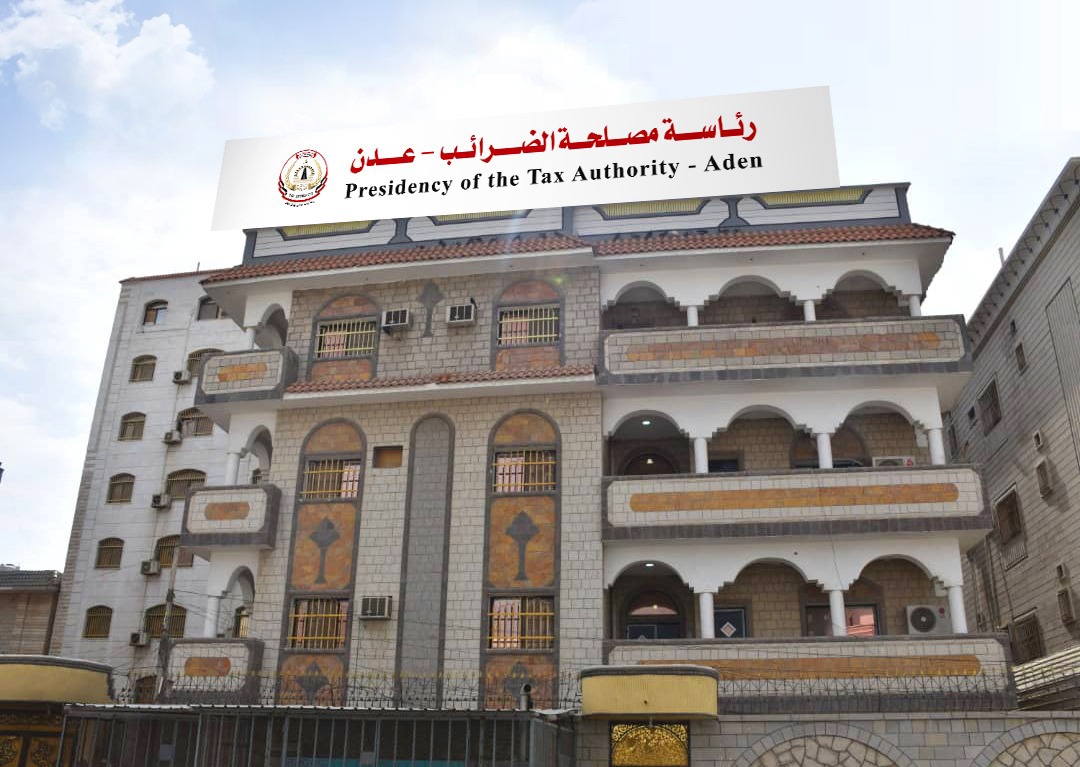First Stage
Before the unification of North and South Yemen, each region had its independent tax system, tax authority, and tax laws. South Yemen was an early adopter, implementing and developing a tax system and tax laws even before independence. The primary legislation in place was Law No. 8 of 1961, which evolved further after independence until the early 1990s.
In North Yemen, tax system development began following the September 26, 1962, revolution, with the imposition of taxes, including Law No. 18 of 1963 regarding stamp duty, and Law No. 1 of 1967 on wages and salaries tax. The Tax Authority was established at the end of 1969, and tax laws continued to evolve after the revolution, up until the early 1990s.
Second Stage
Since the unification of Yemen in 1990, the two tax systems were merged, resulting in a single tax system, unified tax laws, and a consolidated Tax Authority. The unified tax system and reform efforts have seen notable progress in infrastructure, legislation, and the overall tax framework across various tax categories, with the tax administration following an institutional approach centered on developing management and simplifying procedures according to international practices.
Between 1994 and 2005, as part of the financial and administrative reforms in Yemen, a Financial and Economic Reform Program was launched with the support of the International Monetary Fund. A key component of this program was tax policy reform, aiming to achieve tax policy objectives by introducing significant legislative and structural changes in 2005.
Expanding the tax base was a fundamental objective, aiming to integrate the informal sector, which constitutes more than 40% of the economy, into the tax system. This aimed to reach levels similar to those achieved in comparable countries, where tax revenue is about 15% of GDP.
The core of these reforms focused on updating tax legislation, establishing a solid foundation in tandem with restructuring the tax administration, and automating tax processes. The main tax reforms included:
- Updating the tax structure and administration
- Simplifying tax procedures
- Enhancing the self-assessment system (auditing by sampling)
- Digitizing tax operations
- Shifting from comprehensive tax audits to sample-based audits
Through a trust-based relationship between taxpayers and the tax administration, especially the executive unit for major taxpayers with decision-making independence, it has been demonstrated—both in Yemen and other countries—that over 80% of tax revenue comes from major taxpayers, who represent less than 20% of the taxpayer base, while less than 20% of revenue is from small and medium taxpayers.
By the end of 2014, the tax administration had made significant progress in implementing these reforms. However, many tasks remain unfinished due to the political events and ongoing war that began in late 2014. This conflict led to the seizure of control over the capital, Sana’a, and most governorates by the coup forces, impacting 70% of sustainable (non-oil) resources, including revenues from telecommunications, tobacco companies, banks, insurance companies, and public and mixed-sector enterprises.
In response, the government relocated to the temporary capital, Aden, where it re-established state institutions, including the Tax Authority. Several policies were implemented to rebuild financial resources, legislative frameworks, infrastructure, information systems, and capacity building in areas such as registration, compliance, taxpayer services, auditing, and other tax procedures. These measures helped restore operations in several areas, reflecting the political, economic, and financial reforms adopted by the government in recent years.
Despite the challenges imposed by war, the Tax Authority has made a qualitative leap in tax administration, particularly in tax reforms that focus on sustaining public finances by expanding and improving the efficiency of revenue collection, allocation, and utilization. These reforms transformed the planned objectives into practical achievements, fostering a new, collaborative relationship with the tax community, enhancing institutional capacity, and building professional skills that meet the Tax Authority’s operational needs.
Currently, the Tax Authority is working on numerous digital projects, including the electronic collection of various tax revenues.
Although the tax administration has made commendable efforts to grow annual tax revenue, these efforts must continue, especially given the country’s circumstances, including halted oil and gas exports, which adversely affect the state’s budget resources. This necessitates intensified efforts to grow tax resources further and to collect outstanding tax liabilities owed by taxpayers for previous years.


